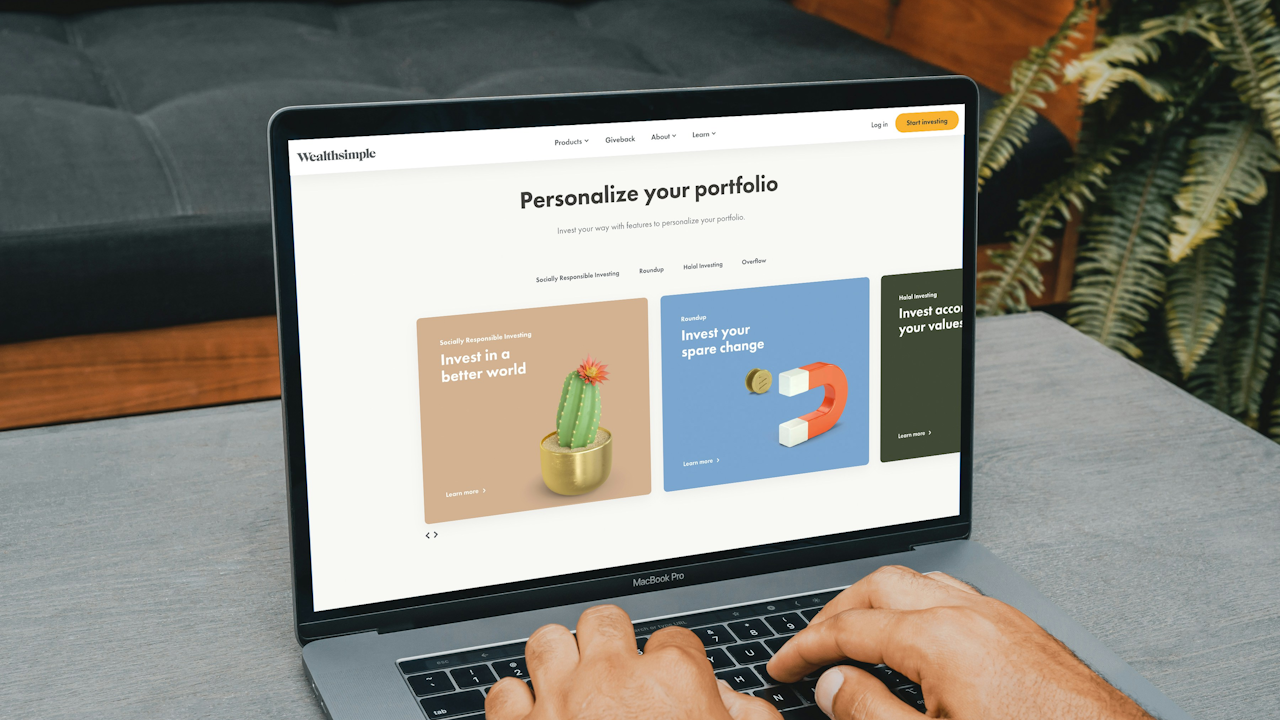In today’s competitive job market, a strong portfolio can be the difference between getting a call back or getting overlooked. Whether you’re a designer, developer, writer, marketer, or any other professional, your portfolio is your personal billboard. It’s not just a collection of your best work—it’s a demonstration of your skills, your process, and how you bring value to the table. The key is crafting something that speaks directly to employers and makes them say, “We need this person on our team.”
Here’s how to build a portfolio that stands out from the crowd.
1. Understand Your Audience
Before you create anything, take a step back and consider who will be viewing your portfolio. Are you targeting startups, corporate firms, creative agencies, or freelance clients? Each audience has different expectations. A tech startup might value innovation and problem-solving, while an agency may focus more on visual aesthetics and versatility. Tailor your portfolio’s tone, content, and design to match what your ideal employer or client is likely looking for.
2. Tell a Compelling Story
People remember stories more than they remember bullet points. Your portfolio should tell the story of you—your growth, challenges you’ve overcome, and the unique approach you bring to your work. Introduce yourself briefly on your homepage or in an “About Me” section. Go beyond the standard resume summary. Share your motivation, passion, and purpose. Let employers see the person behind the skills.
3. Show, Don’t Just Tell
It’s easy to list a bunch of skills, but showcasing them effectively is what sets top candidates apart. For each project you include, don’t just display the final result. Walk the viewer through your process: what was the problem, what role did you play, what tools or strategies did you use, and what was the outcome? Include visuals when possible—screenshots, mockups, wireframes, data visualizations, or even short videos. If you’re a writer, provide links to live articles and PDFs. If you’re in marketing, highlight metrics like engagement growth or campaign ROI. Let your results speak.
4. Curate Carefully
One of the biggest mistakes people make is cramming their portfolio with every project they’ve ever touched. Employers don’t have time to sift through dozens of samples. Be selective. Choose 4 to 6 of your strongest, most relevant projects. Quality always trumps quantity. If you’re early in your career and don’t have much client work, include personal projects, school assignments, or even volunteer work—anything that showcases your skills and creativity.
5. Make It Easy to Navigate
User experience matters, even in portfolios. A cluttered, confusing layout can overshadow great content. Use a clean design, logical categories, and clear navigation. Each project should have a consistent format so viewers know what to expect. Make it mobile-friendly—many hiring managers will view your portfolio on a phone or tablet. Keep load times fast and avoid unnecessary animations or flashy elements that don’t add value.
6. Include Testimonials or Social Proof
Social proof builds credibility. If you have positive feedback from previous clients, employers, colleagues, or professors, showcase it. Even a short sentence from a LinkedIn recommendation or an email thanking you for a job well done can add a powerful touch. If you’ve collaborated with well-known brands or have been featured in any publications or platforms, mention that too.
7. Update It Regularly
Your portfolio is a living document. As your skills grow and your projects evolve, make sure your portfolio reflects that. Set a reminder every few months to refresh your work samples, add new achievements, or remove outdated content. An up-to-date portfolio signals that you’re active, engaged, and constantly improving—which is exactly the kind of person employers want to hire.
8. Incorporate a Personal Touch
Don’t be afraid to show a bit of personality. A portfolio doesn’t have to be rigid or overly formal (unless that fits your industry). Small touches like custom icons, a friendly photo, a short video intro, or even a blog can make your portfolio memorable. Employers want to work with people, not robots. If your personality shines through, you’re more likely to make a lasting impression.
9. Make Contact Easy
This one’s simple but crucial: make sure employers can easily get in touch. Include a visible contact page or section with your email, social media links (if relevant), and possibly a contact form. If you’re open to new opportunities, say so. Invite people to reach out and let them know you’re ready to connect.
10. Leverage the Right Platform
The format of your portfolio depends on your industry. Designers often use platforms like Behance, Dribbble, or Adobe Portfolio. Developers might opt for GitHub, CodePen, or personal websites with detailed project breakdowns. Writers may use Medium, Contently, or a customized blog. Regardless of the platform, ensure it’s professional, easy to navigate, and focused on your best work.
An impressive portfolio is more than just a showcase—it’s a reflection of your brand, your capabilities, and your potential. When done right, it becomes a magnet for opportunity, making employers come to you. Put thought, care, and intention into every detail, and you’ll build something that not only opens doors but keeps them wide open.
Let your work speak volumes—and let your portfolio do the talking before you even walk into the room.

